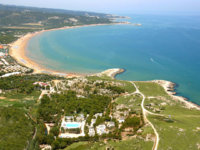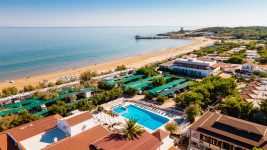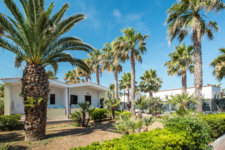The Swabian castle of Vieste stands on the edge of the historic centre, on a cliff overlooking the sea which overlooks the beach of Scialara (also called "Castle beach").
Unfortunately it is a military headquarters and is only open to the public during certain events, but a visit is still advisable due to the imposing exterior and the beautiful panoramic view that can be enjoyed by going "behind" the castle.
From the construction of the Castle until the arrival of Federico II
The construction of the Castle of Vieste begins in the XNUMXth century, when Count Roberto Drengot began the work of fortification of the city of Vieste, building the walls and a castle with a square body and cylindrical towers at the highest point of the rock on which the old core of the town of Viestana,
During the struggles between the Papacy and Federico II in 1240, the castle and the city of Vieste suffered numerous damages by the Venetians.
Following this event, in 1242 Frederick II decided to rebuild the castle (commonly called, improperly, "Castello Svevo"), as part of a coastal fortification project that included numerous castles along the Adriatic shore. Tradition has it that Emperor Frederick II stayed in Vieste on at least two occasions, in 1240 and on 20 January 1250, already a lot if we consider that some of the buildings he built never had the honor of hosting him among the their walls.
The current appearance of the Castle of Vieste
In the sixteenth century the Castle of Vieste underwent several assaults by the Saracens, including that of Acmet Pascià in September 1480 and Dragut Rais in July 1554. It was rebuilt, incorporating the original medieval configuration, in 1559 by order of Pedro Afan de Ribera, viceroy of the Kingdom of Naples, who also equipped it with artillery and ammunition, as part of a coastal fortification project that also gave birth to the watchtowers, giving it its current appearance with a triangular plan accompanied by the northern corners , east and west of three sixteenth-century bastions, with a spear tip that hide the older ones with a circular shape.
To the south, however, there was a smaller tower, a chapel and a series of houses which collapsed into the sea in 1646, following a devastating earthquake.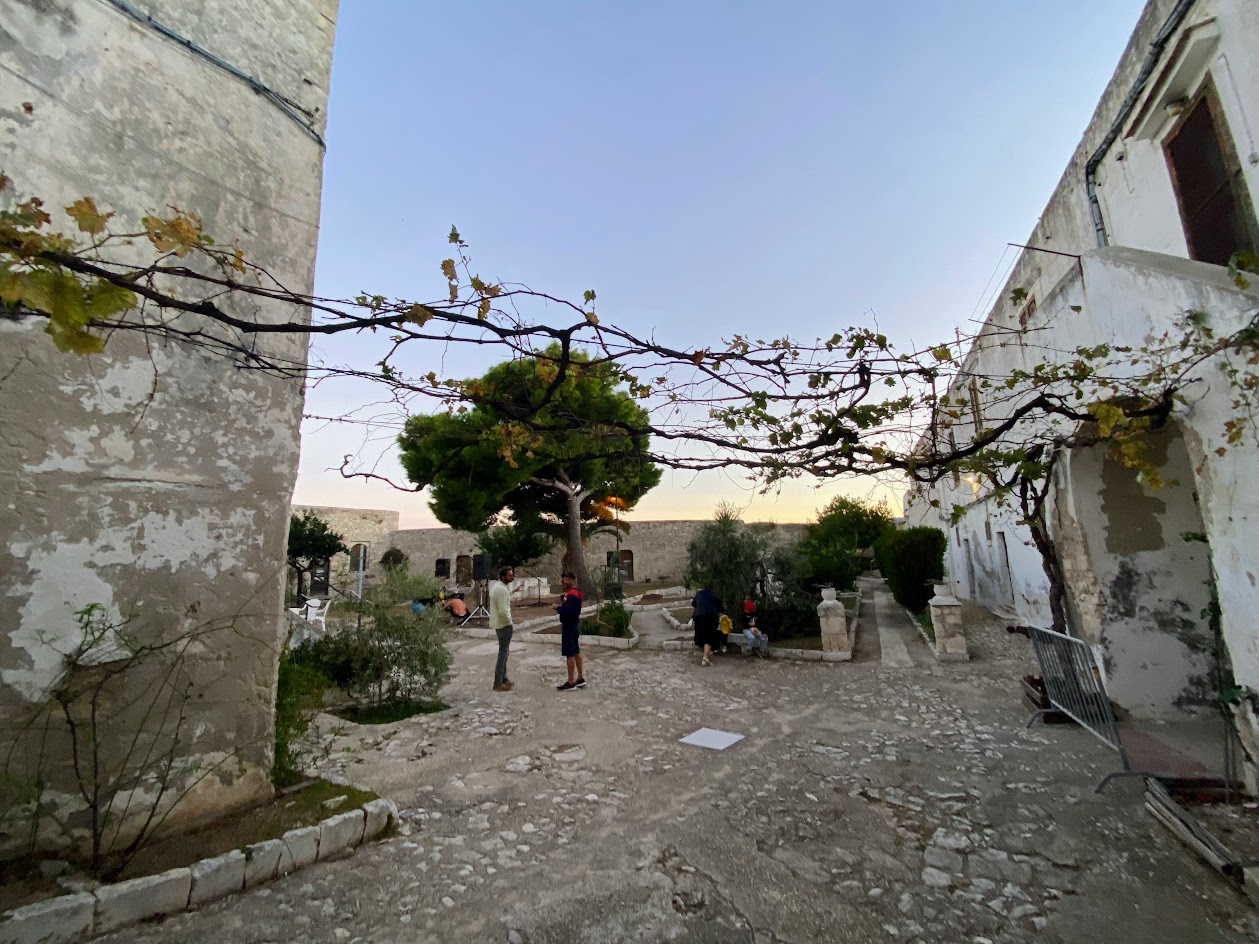
The surrounding walls branched off from the castle, interspersed with access gates and robust barbicans, the remains of which are still visible today, as in the case of the "Porta ad alt", near the Cathedral.
The Castle of Vieste has always been inhabited by the troops defending the city, until 1840, under the command of the governor. The authority of this figure extended to the northernmost Adriatic part of the Kingdom of Naples. Under the reign of Italy, the castle was damaged by cannon shots from the Austrian destroyer Lika at dawn on 24 May 1915, after the declaration of war on Austria. In more recent times it has been the subject of various restoration interventions by the Superintendency for Artistic and Historical Heritage of Puglia.
SEE ALSO:
CATHEDRAL | THE ANCIENT VILLAGE | THE BITTER CHIANCA
DIRECTIONS


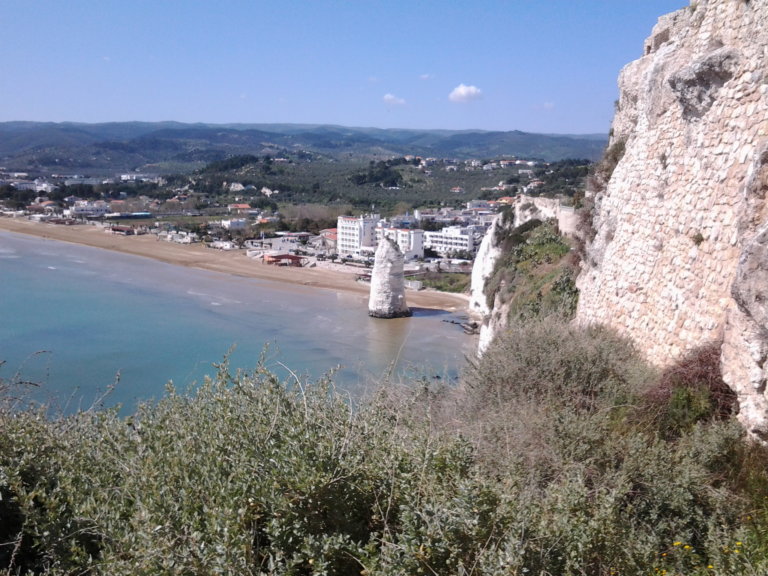










 Turismovieste.it is created by
Turismovieste.it is created by 





